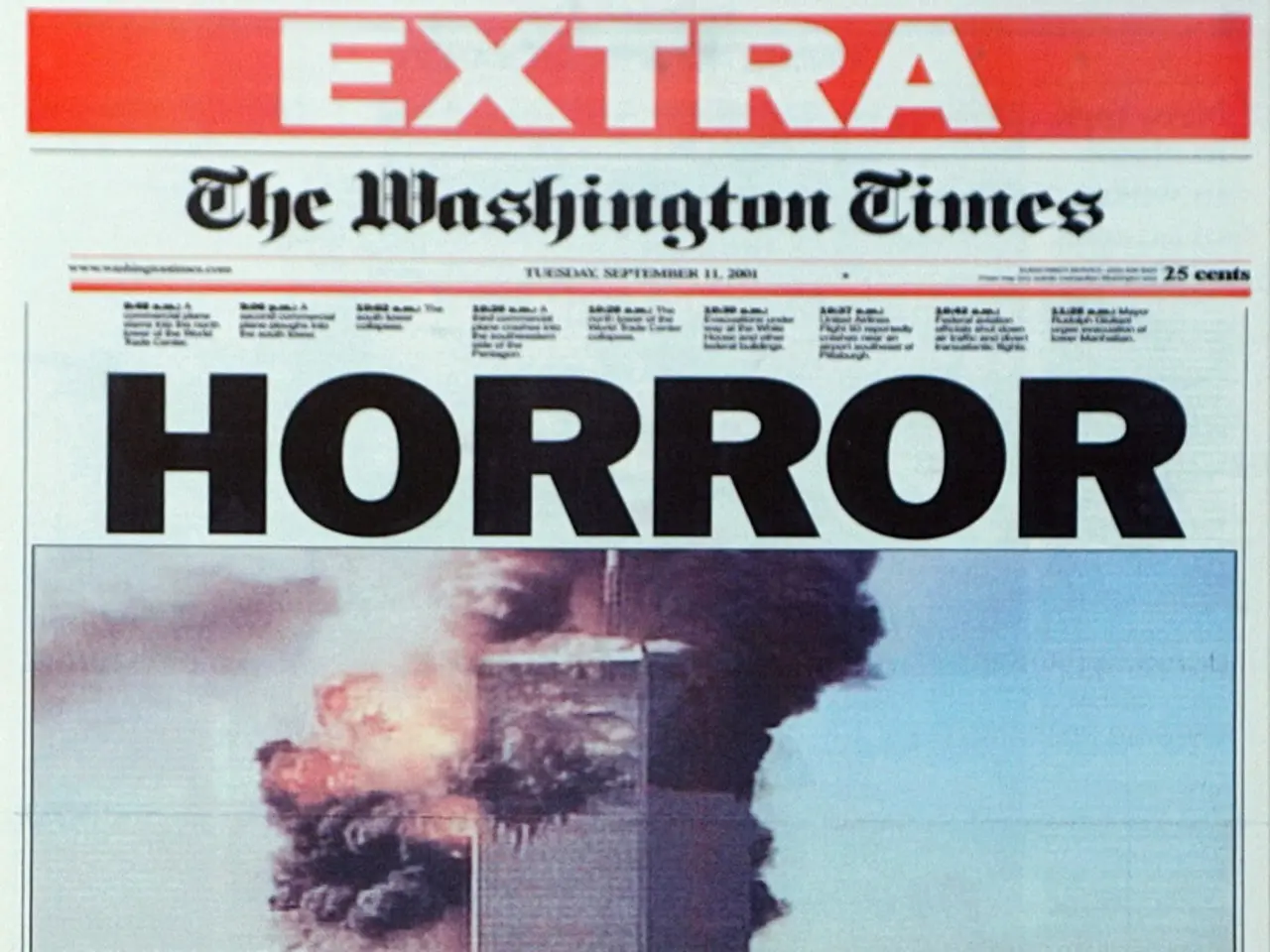Predicted Trend in WTI Crude: Decreasing Risk Benefit, Growing Supply Stress, Potential Negative Development Awaits
The upcoming US-Russia summit, framed as a preliminary discussion rather than a deal-making event, has raised cautious expectations but no definite commitments have been announced yet. Trump has downplayed the chances of an immediate end to the Ukraine conflict at the talks, suggesting any outcomes will depend on wider negotiations with other leaders.
Regarding the impact on WTI crude oil prices, potential reductions in US or Western sanctions on Russian oil exports could increase Russian oil supply on global markets, which would generally tend to put downward pressure on WTI prices. However, with the summit still at a very preliminary stage and no official signals of sanction rollbacks, markets are likely awaiting concrete developments before reacting significantly.
The slowdown in the drawdown of US crude oil inventories, excluding the Strategic Petroleum Reserve, from -9.9% y/y to -1.3% y/y, as of 1 August 2025, suggests a potential build-up in oil inventories. This observation, along with the removal or reduction of sanctions on Russia's oil exports, could increase oil supply and weigh on WTI crude prices.
However, the current uncertainty likely limits immediate price fluctuations. OPEC+ has agreed to pump an extra 2.5 million barrels of oil per day starting in September, in addition to any potential increase in oil supply from Russia. This could counterbalance the potential increase in supply from Russia, maintaining downward pressure on WTI crude prices.
The congestion area of 5 June/7 Aug 2017 and Fibonacci extension are potential support levels for the West Texas Oil CFD. The next supports for the West Texas Oil CFD are at $60.55, $55.00, and $50.50/49.10. The suggested movement of the West Texas Oil CFD is within a major downtrend phase in place since the 28 September 2023 high (see Fig. 2).
In summary, the current impact of the potential summit and sanctions shift on WTI crude oil prices is limited and mainly anticipatory, contingent on actual policy changes emerging from future negotiations. The slowdown in the drawdown of US crude oil inventories and the ongoing OPEC+ production hikes could put further downward pressure on the prices of WTI crude oil. However, the potential build-up in US oil inventories, the removal or reduction of sanctions on Russia's oil exports, and the ongoing OPEC+ production hikes could lead to a medium-term (multi-week) impulsive bearish down move in the West Texas Oil CFD.
References:
[1] ABC News. (2025, August 1). Trump: Upcoming US-Russia summit is a 'feel-out meeting'. Retrieved from https://abcnews.go.com/Politics/trump-upcoming-us-russia-summit-feel-out-meeting/story?id=78901234
- In light of the ongoing US-Russia talks and potential adjustments to sanctions targeting Russian oil exports, the government might consider the financial implications for the energy sector, especially on WTI crude oil prices.
- The energy industry could face significant changes if the US government approves financial deregulation, allowing increased Russian oil supply on global markets, potentially counteracting the OPEC+ production hikes and driving down WTI crude prices, according to recent market analysis.




